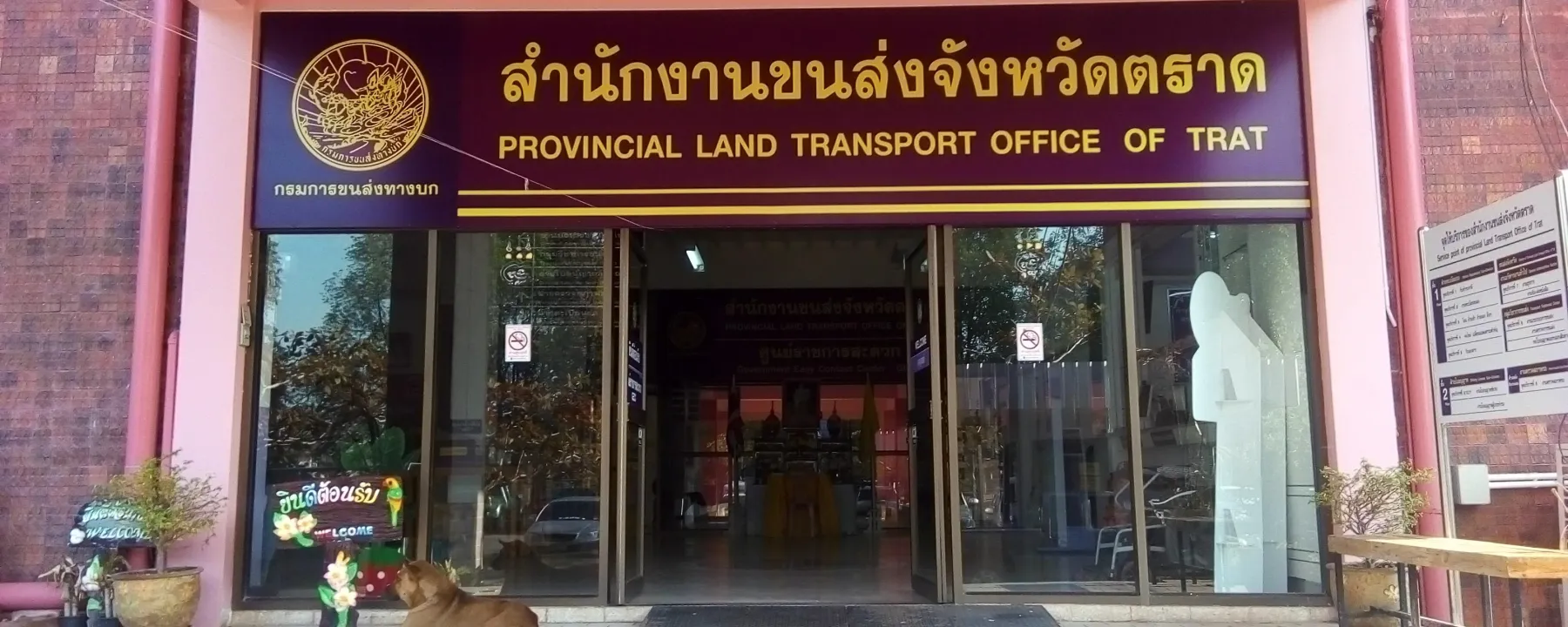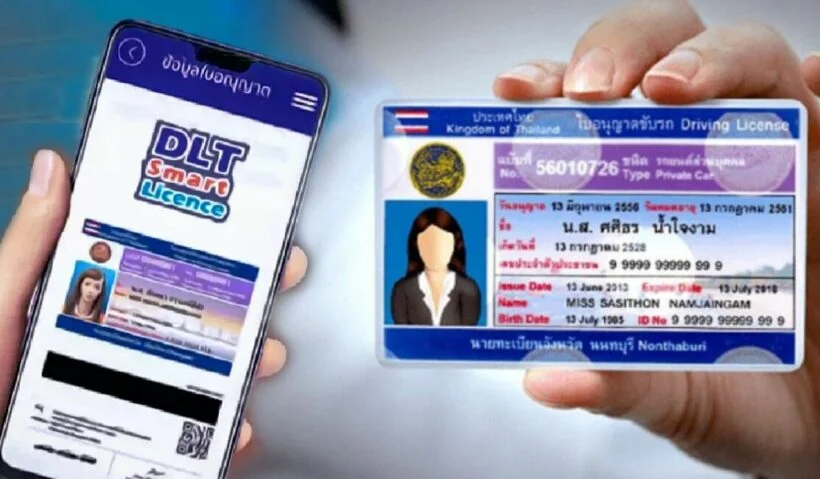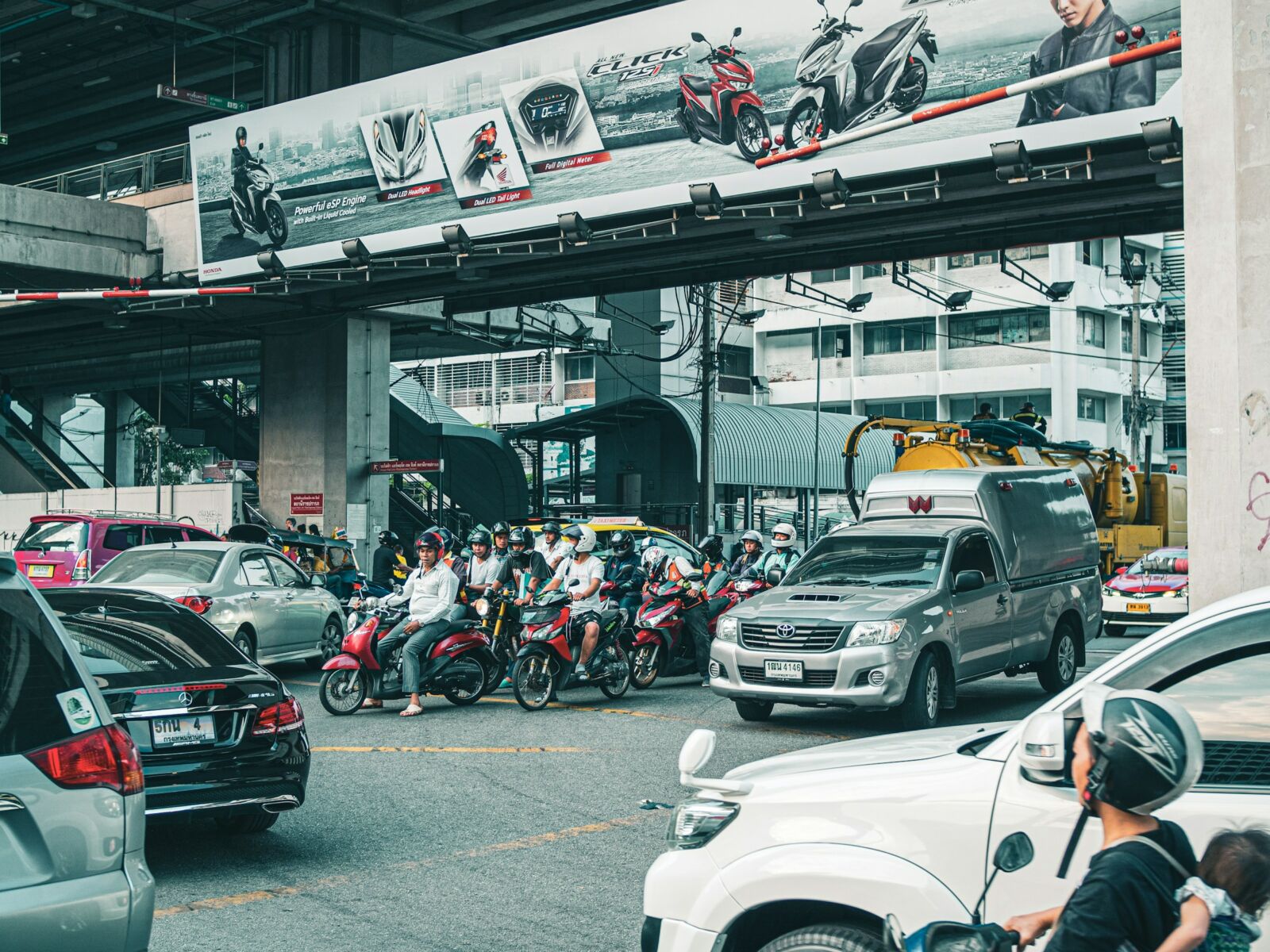Types of driving licenses in Thailand

Navigating the roads in Thailand requires more than just a sense of buying a car or adventure; it demands the right kind of driving license. Whether you’re a resident or a foreigner looking to explore the Kingdom on wheels, understanding the different types of driving licenses is crucial.
Thailand offers various licenses, catering to different vehicles and drivers’ needs. From temporary permits for tourists to long-term licenses for residents, the process is designed to ensure everyone behind the wheel is qualified and safe. Let’s dive into the specifics of obtaining the right driving license in Thailand, making your journey smoother and more enjoyable.

Applying for a driver’s license in Thailand
When you’re looking to obtain a Thai driving license, the process varies slightly depending on your status in the country. Whether you’re a tourist, an expat, or a resident, there are options and specific steps to follow to ensure you’re legally allowed to drive on Thai roads.
Temporary and personal licenses: Initially, most foreigners start with a temporary driver’s license. This license, valid for 2 years, acts as a provisional permit allowing you to drive while you familiarize yourself with Thai traffic laws and conditions. Should you uphold a clean driving record during this period, upgrading to a personal license is the next step. The personal license, which spans 5 years, offers a longer-term solution for your driving needs.
Valid international license holders: If you have a valid international license, the process simplifies. You’re exempt from taking both the written and practical driving tests, speeding up the process considerably. However, it’s essential to ensure that your international license is recognized under the agreements between Thailand and your home country.
| License Type | Validity | Cost (Baht) |
|---|---|---|
| Temporary | 2 years | 200 |
| Personal | 5 years | 500 |
Step-by-Step process:
- Documentation: Gather the necessary documents, including your current license, passport photocopies, medical certificate, and proof of residence.
- Written and Practical Tests: Unless you have a valid international license, prepare to take both written and driving assessments.
- Fees: Depending on the license type, fee payments are required post-examination.
- For the written test, achieving a score of 45 out of 50 is necessary to pass. While English subtitles are available for the preparatory video class, thorough study is advised.
- The practical test might appear straightforward but don’t underestimate the importance of familiarizing yourself with the vehicle and the testing conditions.
How do you get a Thai driver’s license?
Obtaining a Thai driving license is a straightforward process designed to ensure that all drivers on Thailand’s roads are well-qualified and understand local traffic regulations. If you’re planning an extended stay and desire the freedom to drive across the picturesque landscapes of Thailand, securing a local driving permit is a wise decision. Here’s what you need to know about the process.
First and foremost, determine the type of license you need. Whether you’re aiming to ride a motorcycle or drive a car dictates the specific license application procedure you’ll follow. It’s also beneficial to have an international license, but remember, it serves only as a temporary solution and often expires faster than local licenses. For those planning to reside in Thailand for more than a year, acquiring a Thai license is more practical.
To kickstart the application process, visit the local Department of Land Transport (DLT) office. Contrary to the past, when international driving permits were primarily issued in Bangkok or Chiang Mai, local DLT offices across various provinces now offer services for obtaining both Thai and international licenses.
Here are the crucial steps and documents required:
- Documentation: Present a valid passport, a non-immigrant visa, a medical certificate (issued within the last month), and your current driving license from your home country. An international driving permit can bolster your application but isn’t strictly necessary.
- Residence proof: A certificate of residence or a utility bill addressed to you can serve as proof.
Following the submission of necessary documents, candidates must undergo a written test to demonstrate their understanding of Thai traffic laws, signs, and signals. Practical driving tests assess your actual driving skills and ability to navigate Thailand’s roads safely.
Be prepared to spend a few hours at the DLT office, as the application process involves a lecture on road safety, following which you’ll take the written and practical tests. It’s advisable to allocate a full day for the application, especially considering potential wait times.
Remember, while the process might seem daunting initially, securing a Thai driving license opens up a new realm of exploration and independence in Thailand. With a valid license in hand, not only can you legally drive, but you’re also in a better position to rent vehicles and subscribe to comprehensive insurance policies, ensuring peace of mind during your travels.
Steps to obtain a driving license in Thailand
Embarking on the journey to secure your Thai Driving License is a pivotal step for any expat or long-term visitor. The process, while straightforward, requires attention to detail to navigate successfully.
Firstly, consider the type of license you’re aiming for. Whether you’re after a license for a car or a motorcycle, the requirements slightly vary, and it’s vital to know what lies ahead. For those holding a valid International License, rejoice in the fact that you’re exempt from the usual rigours of written and practical driving tests. This exemption streamlines the process considerably but remember, it’s a reprieve.

Documentation is key
Gathering your paperwork is a crucial step that cannot be overlooked. Required documents typically include a valid passport, a current visa, and your existing driver’s license. Don’t forget proof of residence which can take the form of a rental agreement or utility bills. It’s a multitier process, starting with an application form that, despite the anticipation, is only available in Thai. Here’s where a local friend or a hired translator becomes invaluable, guiding you through the intricate details of the application.
Facing the written and on-the-road challenges
Next, prepare for the written examination. With 50 multiple-choice questions laid out, achieving a score of 45 correct answers is your ticket to success. This might sound daunting, but with prior preparation and a 5-hour educational video (thankfully equipped with English subtitles), you’ll be well-armed to tackle the challenge.
For those in need of a vehicle for the practical segment, some centers offer rentals—a boon if you haven’t purchased your vehicle yet. However, heed caution, as reports have highlighted some rental options might not be in prime condition. Watch out for vehicles, especially motorcycles, with poor maintenance histories.
Can you drive a motorcycle with a car license?
In Thailand, holding a driving license specific to the vehicle you intend to operate is crucial. If you’re curious whether a car license permits you to ride a motorcycle in this Southeast Asian nation, the straightforward answer is no. A Thai Driving License for cars is distinctly separate from that for motorcycles. Each license type requires passing dedicated tests designed for the particular vehicle class.
When you possess an International License, it’s vital to note that the same rule applies. The international permit should explicitly state motorcycle entitlement to legally ride one in Thailand. Without this, you’re not authorized to operate a motorcycle on Thai roads with just a car driving endorsement.
The process to acquire a motorcycle license if you already have one for a car involves taking additional tests. Initially, you might only be subjected to basic eyesight and reaction exams for conversion or renewal. However, obtaining a motorcycle endorsement requires executing both a computer-based test and a practical driving assessment. The Thai authorities have designed these steps to ensure that all drivers have the requisite knowledge and skills to safely navigate the diverse traffic scenarios unique to the country.
For expats and international visitors, navigating through the process may seem daunting due to language barriers, as the application forms are in Thai. Here’s where having a local or a Thai-speaking friend can significantly ease the paperwork and procedural steps. They can offer invaluable assistance in filling out forms and understanding the requirements, making the journey towards getting both your car and motorcycle licenses less complex.
Remember, the application for a license to drive a motorcycle is an addition that demands separate attention, even if you’ve already navigated the process for a car license. The effort is well worth it for the freedom and mobility it grants you on Thailand’s scenic roads.

Do you need an (IDP) International Driver’s Permit in Thailand?
Navigating the roads in Thailand is an exhilarating experience, offering a unique way to explore the country’s breathtaking landscapes. But before you embark on this adventure, it’s crucial to understand the legal requirements concerning driving licenses specifically, whether you require an International Driver’s Permit (IDP) alongside your national driving license.
An IDP serves as an internationally recognized form of identification, translating your native driving license into multiple languages, including Thai. This document is essential if your national driving license is not in English or does not contain Roman alphabetic characters. An IDP ensures that local authorities and rental services can understand your driving qualifications without language barriers.
In Thailand, carrying an IDP alongside your native driving license is highly recommended for tourists. Although a Thai Driving License is the ultimate goal for longer stays, an International License is invaluable for short visits or as an interim solution while sorting out a local license. It’s worth noting that not all international licenses are accepted on their own; they need to clearly state your entitlement to operate the type of vehicle you intend to drive, be it a car or a motorcycle.
To acquire an IDP, you must apply in your home country before traveling to Thailand. The process typically involves submitting a valid driving license, a passport-sized photo, and a small fee. The ease of obtaining an IDP means there’s no reason to skip this crucial step in preparing for your Thai road trip.
Keep in mind, that the IDP is valid for only one year and must be accompanied by your original driving license at all times when driving. This is not only a legal requirement but also a practical measure to ensure you’re recognized as a valid driver on Thai roads.
While the IDP does not replace the need for a Thai Driving License for long-term residents, it bridges the gap seamlessly for tourists and expats in the short term. Ensuring you have the correct documentation can save you from potential legal issues and make your driving experience in Thailand smooth and enjoyable.
Latest Thailand News
Follow The Thaiger on Google News:


























